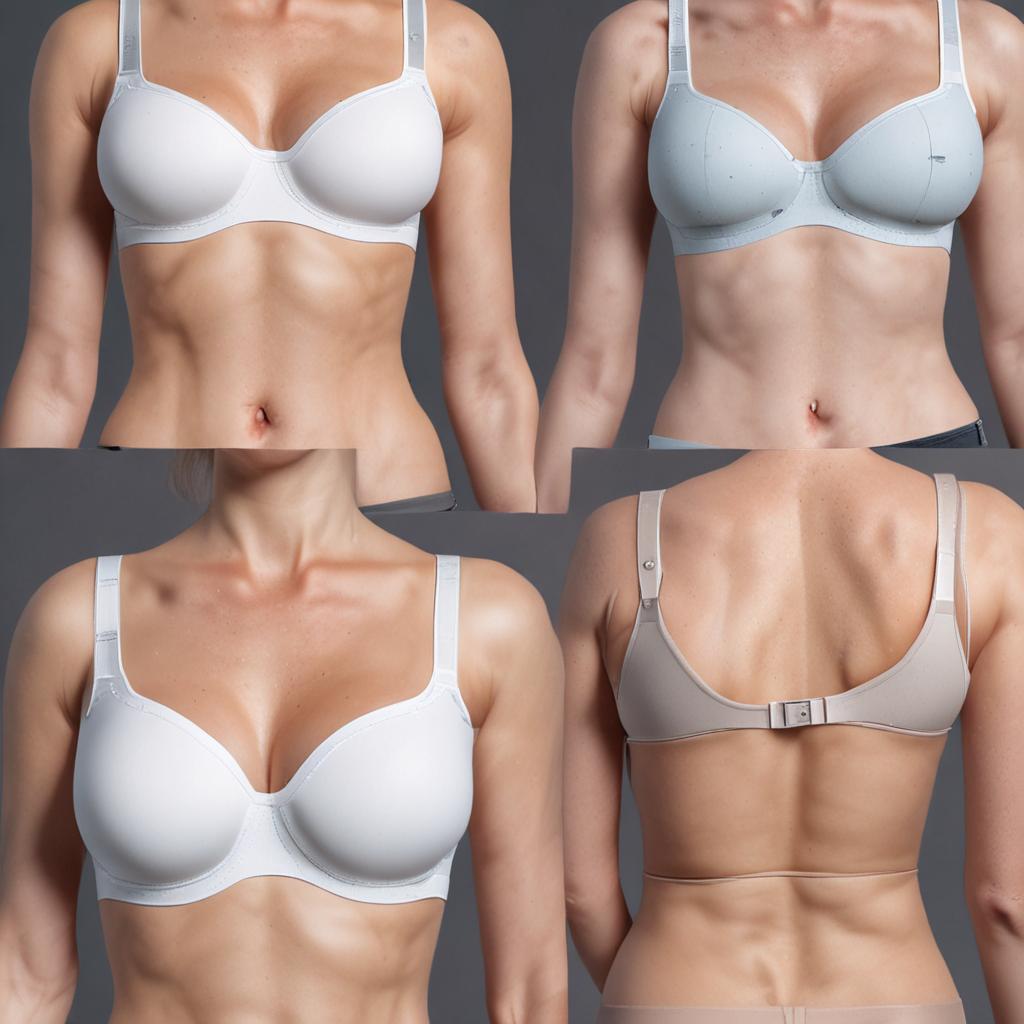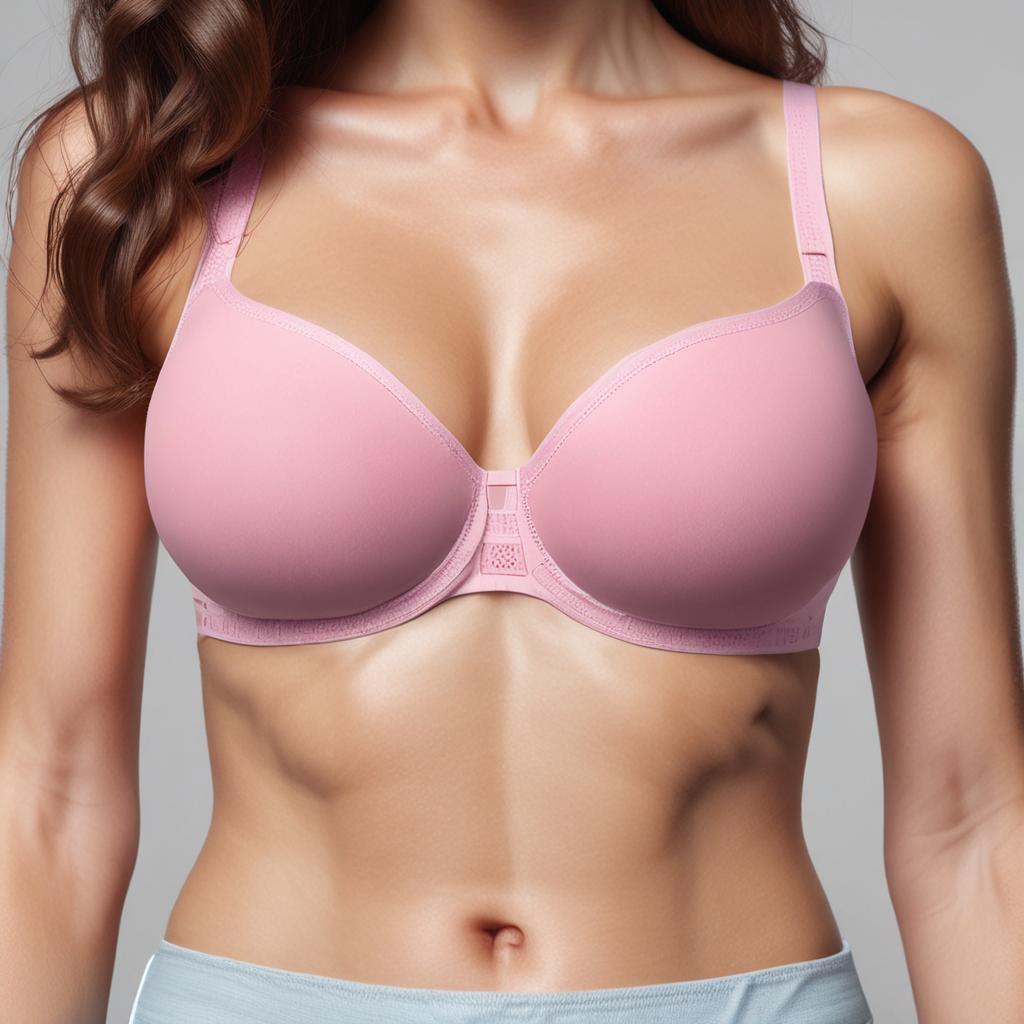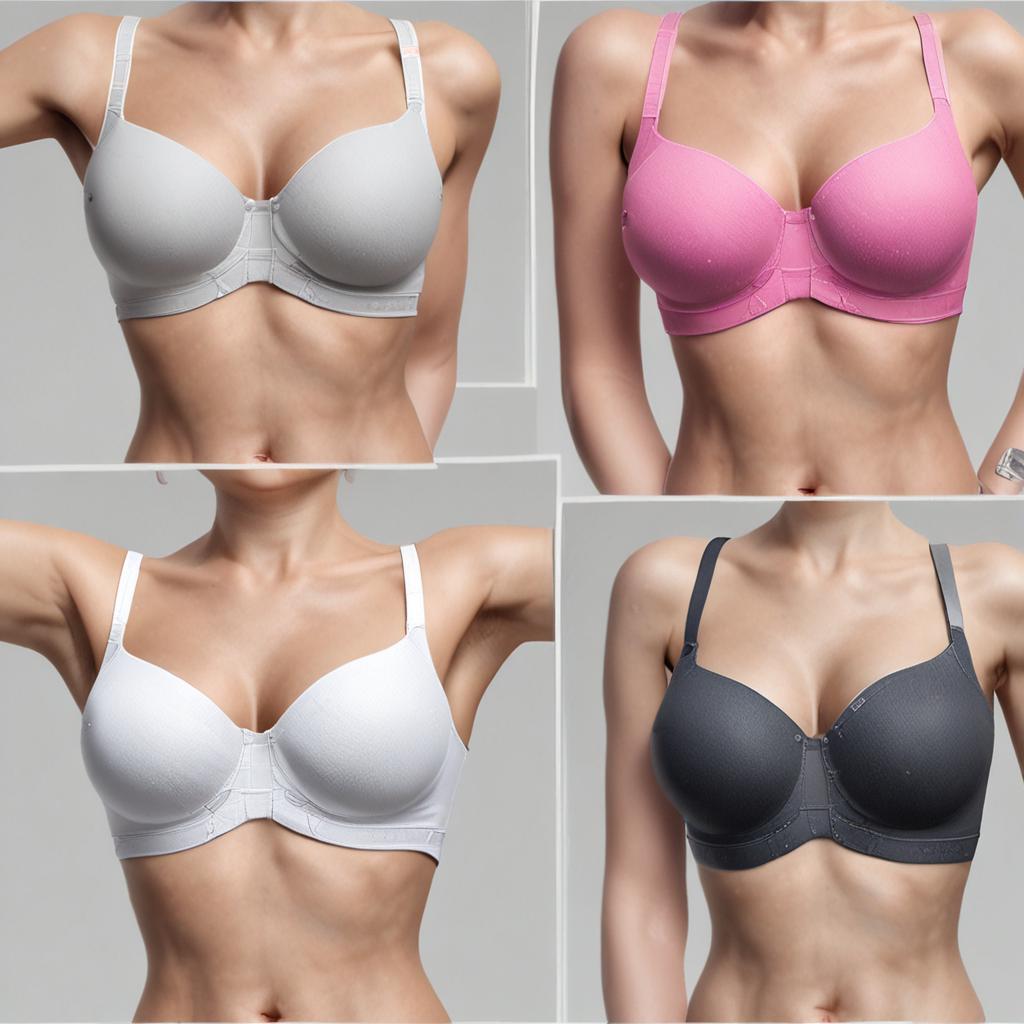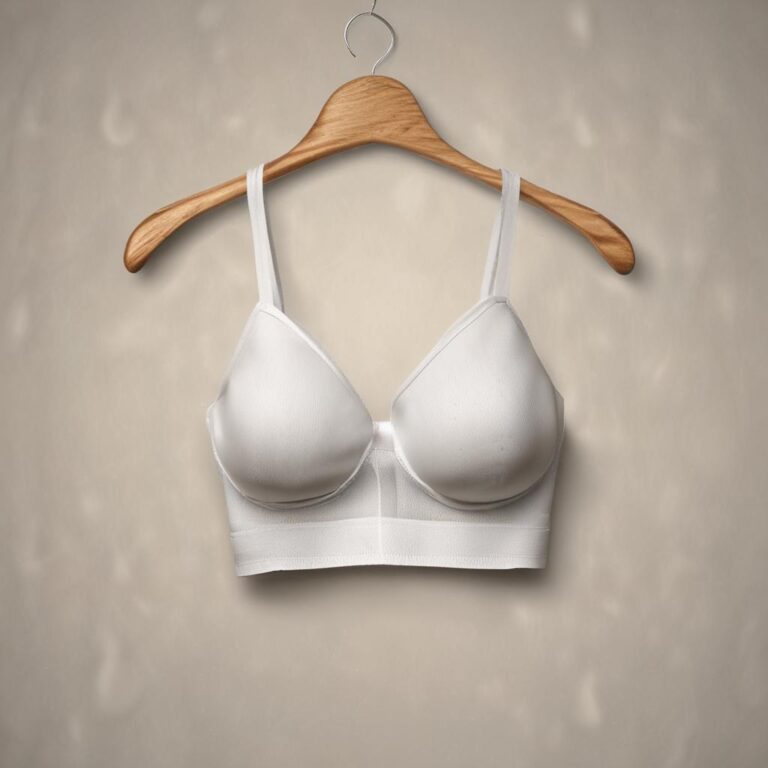Finding the perfect bra can feel like a daunting task, especially with the myriad of sizes and styles available. An ill-fitting bra can lead to discomfort, back pain, and even posture issues, making it essential to understand how to measure for a bra cup accurately. Whether you’re shopping for a new wardrobe staple or need help with a special occasion, knowing your correct bra size empowers you to choose the right support and comfort. Let’s walk through the simple steps to ensure your measurements are precise and your fit is flawless.
Understanding Bra Sizing Basics
Band Size vs. Cup Size
Bra sizing is typically represented by a combination of a band size and a cup size (e.g., 34B). The band size is a numerical value based on your ribcage measurement, while the cup size reflects the volume of your bust. To determine your band size, measure around your torso just below the bust for the overbust measurement and around the ribcage for the underbust. The band size is usually the underbust rounded to the nearest even number, with adjustments for comfort and support.
How Cup Size Fits Into the Equation
Once you have your band size, the cup size is calculated by subtracting the underbust measurement from the overbust. The resulting difference in inches determines your cup letter: 1 inch = A, 2 inches = B, 3 inches = C, and so on. For example, if your underbust is 32 inches and your overbust is 36 inches, the 4-inch difference would indicate a D cup. Keep in mind that band size also affects cup volume—if you wear a larger band, the same difference in inches will create a smaller cup size.
Measuring Your Band Size
Choosing the Right Time
For the most accurate measurement, avoid taking your size right after a workout or when your breasts are swollen (such as during menstruation). Instead, measure in the morning when your body is relaxed and unsupported. This baseline will ensure consistency and help you compare sizes across brands.
Essential Checklist
Goal Definition
Clearly define objectives and success metrics
Resource Planning
Allocate necessary time, budget, and personnel
Implementation Strategy
Develop step-by-step execution plan
Quality Assurance
Establish testing and validation procedures
Performance Monitoring
Set up tracking and reporting systems
Essential items for How to Measure for a Bra Cup
Getting the Underbust Right
Wrap a soft measuring tape snugly around your torso just under your bust, ensuring it’s parallel to the floor. Exhale normally and check the tape is not digging into your skin. Add 4-5 inches to this number for a properly fitting band size. For instance, a 30-inch underbust measurement would translate to a band size of 34 or 35, depending on the brand’s sizing conventions.

Adjusting for the Perfect Fit
While the band size is critical, comfort is key. A band that’s too tight can cause discomfort and spillage, while one too loose may ride up or offer inadequate support. If your calculated band size feels off, try adjusting up or down by one band size and reassess how the difference in cup volume aligns with your actual bust shape.
Calculating Your Cup Size
Determining the Difference
Measure your overbust by wrapping the tape around the fullest part of your bust, typically across the nipples. Subtract your underbust measurement from this number to find the difference. If the result is not a whole number, round it to the nearest increment (e.g., 1.5 inches rounds to 2 inches, which would still be a B cup but with a slightly looser band size for comfort).
Interpreting the Cup Letter
Use the difference in inches to assign a cup letter: 1 inch = A, 2 inches = B, 3 inches = C, 4 inches = D, etc. Brands often vary in how they cut cups, so you may need to try on different styles to confirm the fit. For instance, a 34D in one brand might feel like a 36C in another, even with the same difference in inches.
Common Mistakes to Avoid
Inaccurate measurements often stem from simple oversights. Here are a few pitfalls to steer clear of:

- Measuring over a thick sports bra or padded undergarment, which can distort the true size.
- Holding your breath during the measurement, leading to a smaller band size and a larger cup difference.
- Rounding numbers too aggressively, which may result in a band that’s too tight or too loose.
Tips for Ensuring Accuracy
Seek Professional Expertise
Even with a ruler and measuring tape, it’s easy to make errors. A trained fitter at a lingerie store can assess your band and cup size using specialized techniques, such as the “lift test” to check for gaps or spillage. This is especially helpful for first-time shoppers or those transitioning to a new band size.
Recheck Periodically
Your body changes with age, pregnancy, weight fluctuations, and hormonal shifts. Rechecking your bra size every 6-12 months ensures you continue to wear the right fit. Some women also find their cup size shifts as their band stretches over time, which is why a snug band is crucial for long-term comfort.

Test in Different Brands
Each brand may cut its cups differently. For example, Victoria’s Secret’s “Balcony” style might offer a fuller cup compared to Calvin Klein’s “T-Shirt Bra” design. Always measure for a new brand or collection, and consider trying on multiple styles to find the best match for your shape and needs.
Conclusion
Accurately measuring your bra cup is the first step toward finding the ideal fit. By understanding the relationship between band and cup size and avoiding common errors, you can confidently navigate the world of lingerie. Remember that measuring is a personal process—what works for one person may not work for another. Take your time, consult experts if needed, and prioritize comfort to ensure every bra you wear supports your unique curves perfectly.




